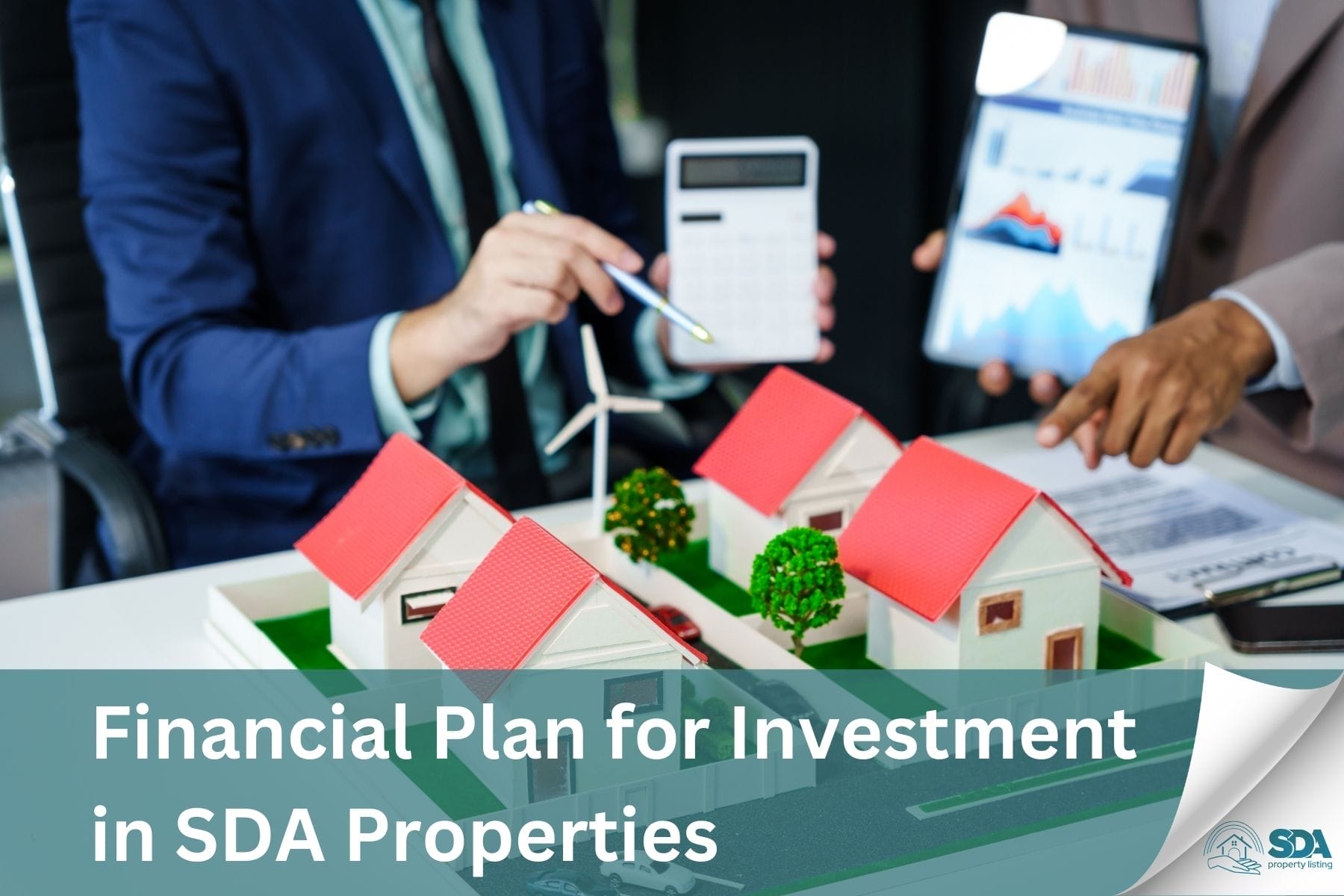
Financial Plan for Investment in SDA Properties
Investing in specialist disability accommodation properties (SDA) provides a good opportunity to earn financial profits and help people with disabilities at the same time. To achieve this investment successfully, it’s crucial to understand the financial details, such as potential returns and costs with careful investment planning. In this blog we’ll discuss financial plans for investing in SDA properties, supporting you to make well informed investment decisions.
Financial Considerations about SDA Property Investment
SDA properties are specially developed Accommodations for people with disabilities and are supported by the National Disability Insurance Scheme (NDIS). These properties offer distinctive investment prospects due to high demand and potential of good returns in the long term. Yet, there are some important requirements to keep in mind. These include investors must follow NDIS standards and should have a clear understanding of tenant’s housing needs. Before investing in this sector, it’s crucial to consider these factors for the great investment.
Initial Costs of SDA Property Investment
Before investing in SDA properties, it’s essential to be informed about the initial costs. First you need to start with the cost of purchasing the property, which includes land and construction. Depending on location and size of the Land, each land’s prices can be different. So, it’s crucial to consider a site that fits SDA requirements and appeals to NDIS participants. Due to its specialised features and design, Building SDA – compliant properties are generally more expensive than traditional residential properties.
Next, you need to consider legal and administrative expenses. These include conveyancing and legal services for property transfers, as well as expenses of regulatory requirements. Also, should consider the additional expenses involved in getting the required permit and approval to proceed with the project.
Additionally, don’t forget to think about the cost associated with the loan and interest rates. These costs will significantly impact the total amount you spend on your investment.
Ongoing Expenses in SDA Property Investment
After buying the property and constructing it, ongoing costs are essential to be considered in your investment plan. Property management plays an important role in overseeing the condition of the property and tenant satisfaction. This often entails outsourcing the property manager to manage the property by engaging with daily activities and tenant relations.
Regular maintenance and repairs are vital to assure the property meets SDA specifications and comfortable living space for the tenants. It’s also significant to keep some financial savings for emergency needs that may occur unexpectedly. Finally, it’s essential to have the complete property insurance to secure your investment against various risks like loss, theft, or legal claims.
Potential Returns on SDA Property Investment
It is crucial to evaluate the possible profits from investing in SDA property in order to assess its feasibility. Rental income plays a big role in generating returns. The NDIS offers financial support to eligible residents to pay for their housing expenses. This guarantees a stable rental revenue for property owners.
Due to the increased demand in SDA properties, rental returns may be greater compared to others. Additionally, there are unique opportunities for capital growth too. For instance, SDA properties may increase in value over time, enhancing your overall investment worth. This could potentially increase the investment returns as well.
Financial Planning for SDA Property Investment
Developing a strong financial strategy is essential for achieving success in SDA property investment. Start by establishing your well-planned financial budget. Then, evaluate your financial capability and establish a sensible budget for buying and upkeeping the SDA property. Allocating a portion of your budget for unexpected expenses or market changes is a smart decision in your investment.
Then, you need to investigate different funding opportunities. Explore the conventional mortgage choices with attractive interest rates for funding your SDA properties. Furthermore, consider looking into government grants or incentives that aid in the development of SDA properties.
Finally, take into account long-term investment strategies. Adding SDA properties to your investment portfolio can reduce risk and improve returns. Regularly evaluate your investment results and modify your approach to match evolving market circumstances and objectives.
Conclusion
Investing in SDA properties presents a unique opportunity to make a positive impact while achieving financial returns. By understanding the initial costs, ongoing expenses, and potential returns, you can create a comprehensive financial plan that supports your investment goals. With careful planning and consideration of funding options, SDA property investment can be a rewarding addition to your investment portfolio.
References:








